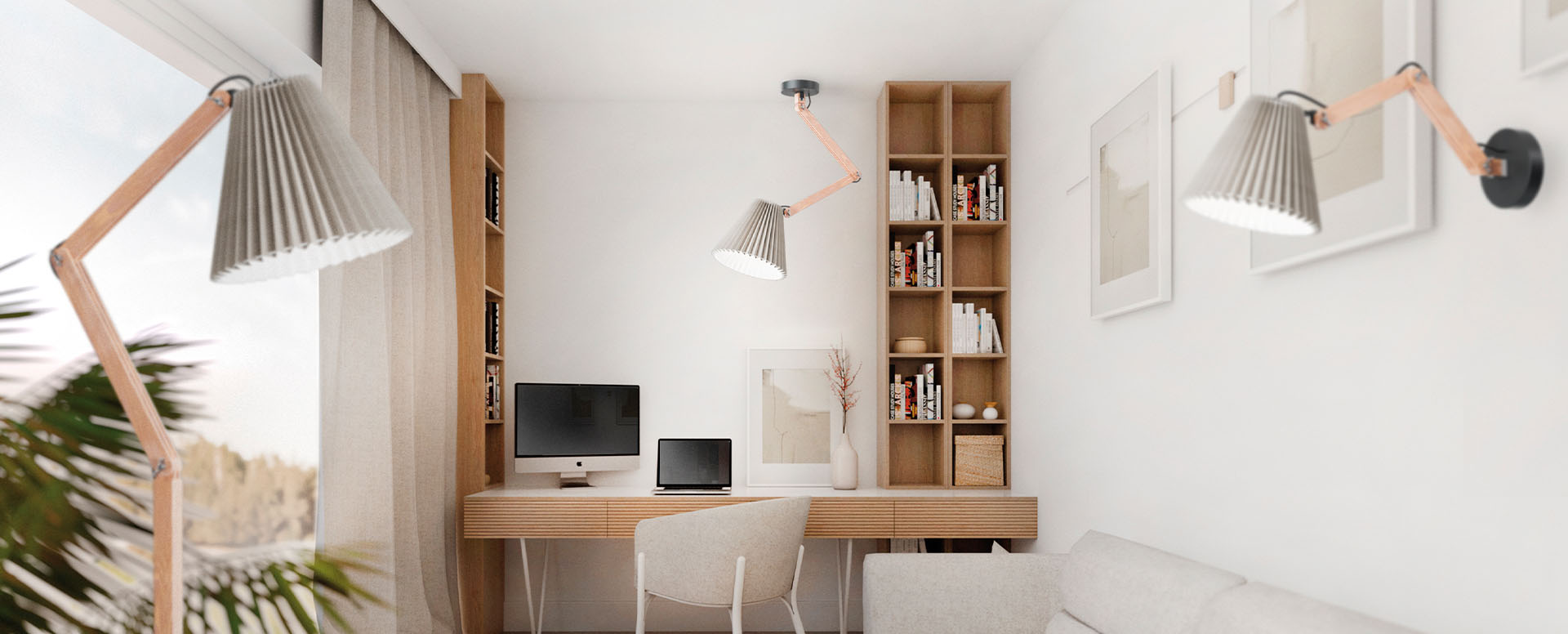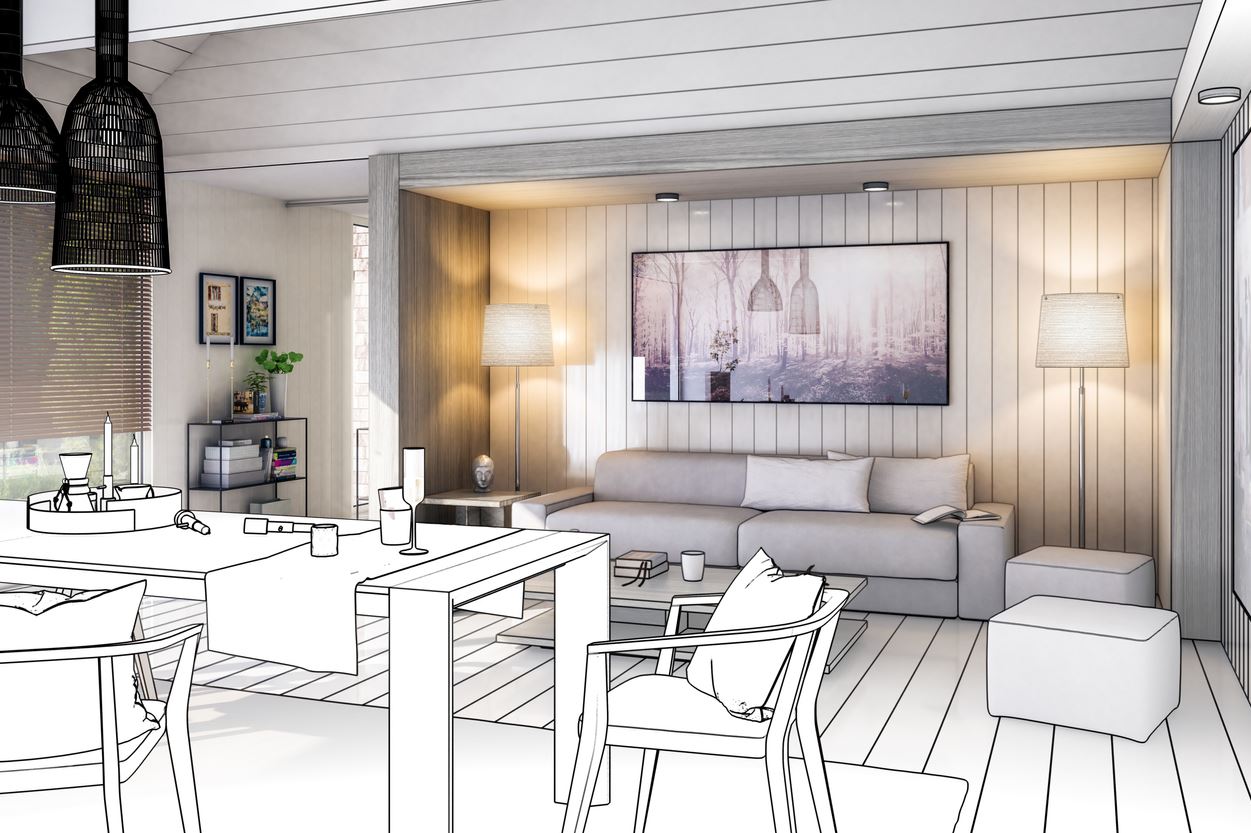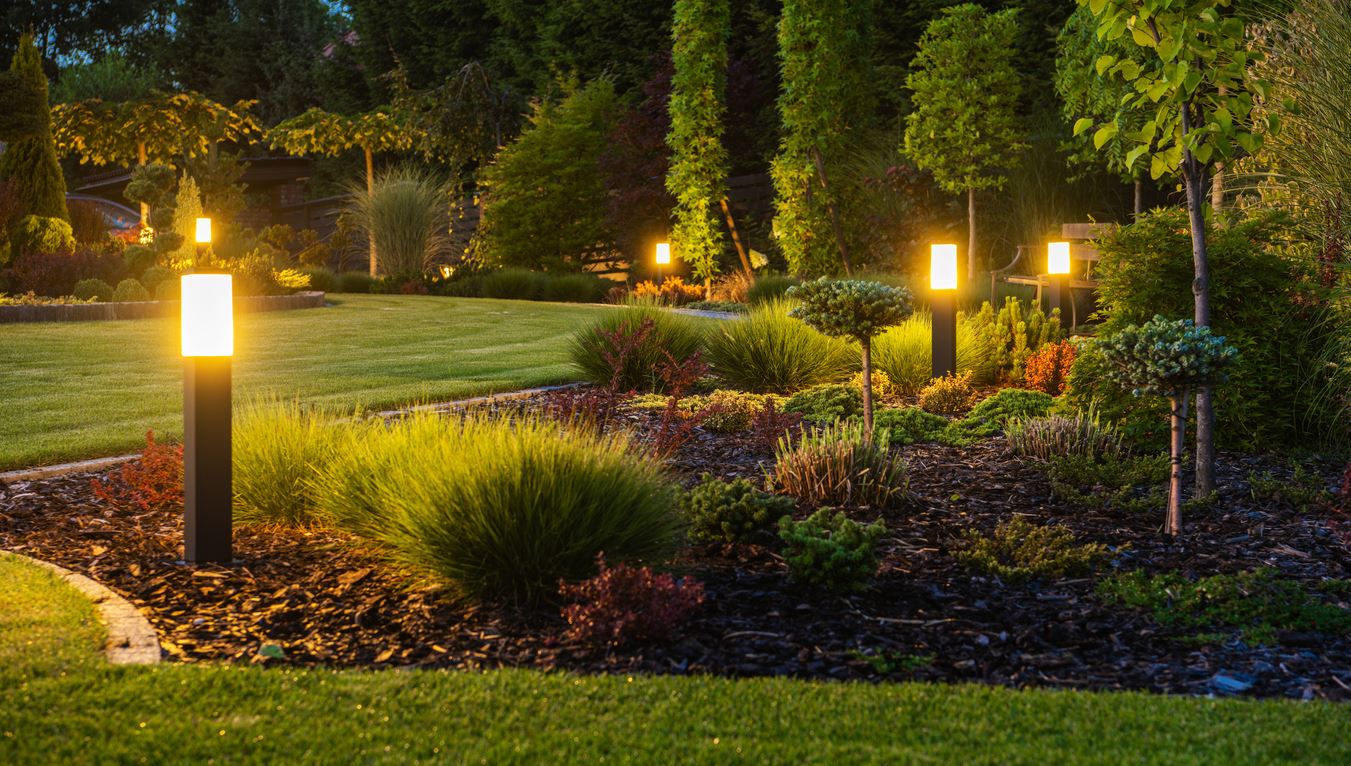Lighting design is the planning and design of lighting, which involves the strategic positioning of different lamps such as chandeliers, wall sconces, floor lamps and bedside lamps in such a way as to create the right visual and functional effect.
As Vitruvius already claimed, “a good architectural work should have three fundamental qualities: permanence (firmitas), utility (utilitas) and beauty (venustas).” Similarly, the lighting arrangement, which is nothing more than an architectural highlight, should also be contained within these three fundamental principles.
The first characteristic is durability (firmitas). It is believed that architecture should be robust and durable, similarly lighting should be designed and built to last for many years. Regardless of passing fashions in interior design, or dynamically changing technology, it is important that lamps, chandeliers or sconces are constructed of high quality and durable materials to ensure solid construction and durability. In this connection, timeless design is promoted in contemporary design, which, by changing the colour of the lampshade or replacing the light source, will always match the interior. The second issue of durability relates to the question of selecting the type of light source. Chandeliers or lamps that have traditional Edison bulb holders (e14 or e 27) are more durable products, because if a bulb burns out or breaks, it can be easily replaced. It is not necessary to remove the entire lamp for this operation.
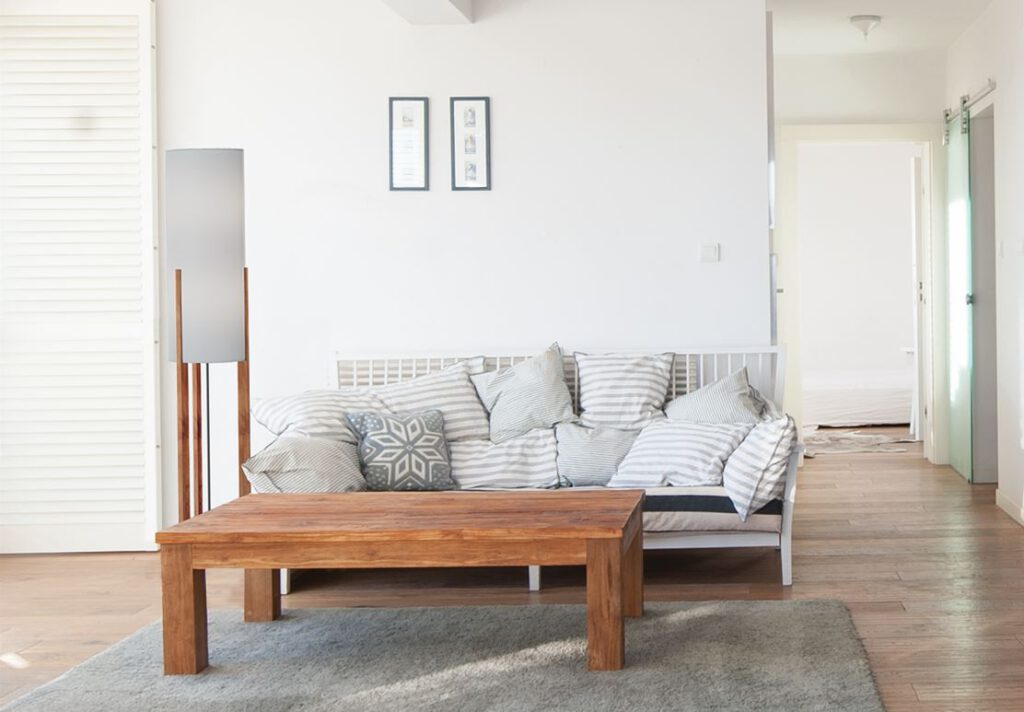
Utility (utilitas): Vitruvius emphasised the importance of usability in architecture. Buildings should be designed with the convenience and needs of the users in mind. In his writings, he emphasised the importance of functionality and practicality of buildings. Architecture should provide appropriate spaces for different activities and meet the requirements of users. Lighting should follow the needs of architecture. When designing lighting in an interior, it is worth bearing in mind the purpose the room is to fulfil, what the space will be used for (e.g. living room, bedroom, kitchen, bathroom), for what purpose it was created and how much time we will spend there (e.g. relaxing, working, reading).All these elements will help to create an appropriate arrangement that facilitates safe movement and creates an atmosphere appropriate to its purpose. All this makes the interiors characterised by ergonomic use.
It is important to distinguish between general lighting, task lighting, accent lighting and decorative lighting, keeping in mind the function of the room. Chandeliers or plafonds are most often responsible for general lighting, while ceiling lamps hung over tables or cabinet lamps placed on dressers fulfil task lighting functions. Interestingly, wall lamps in bathrooms also have a task lighting function and should therefore shine in such a way that they do not create too deep shadows and contrasts, but rather illuminate the face and mirror evenly. Accentuation can be achieved by hanging a wall lamp whose light will be directed at the image. If we do not want to create an interior that is monotonous in its perception, it is important to use different types of lighting and accordingly different lamps and chandeliers.
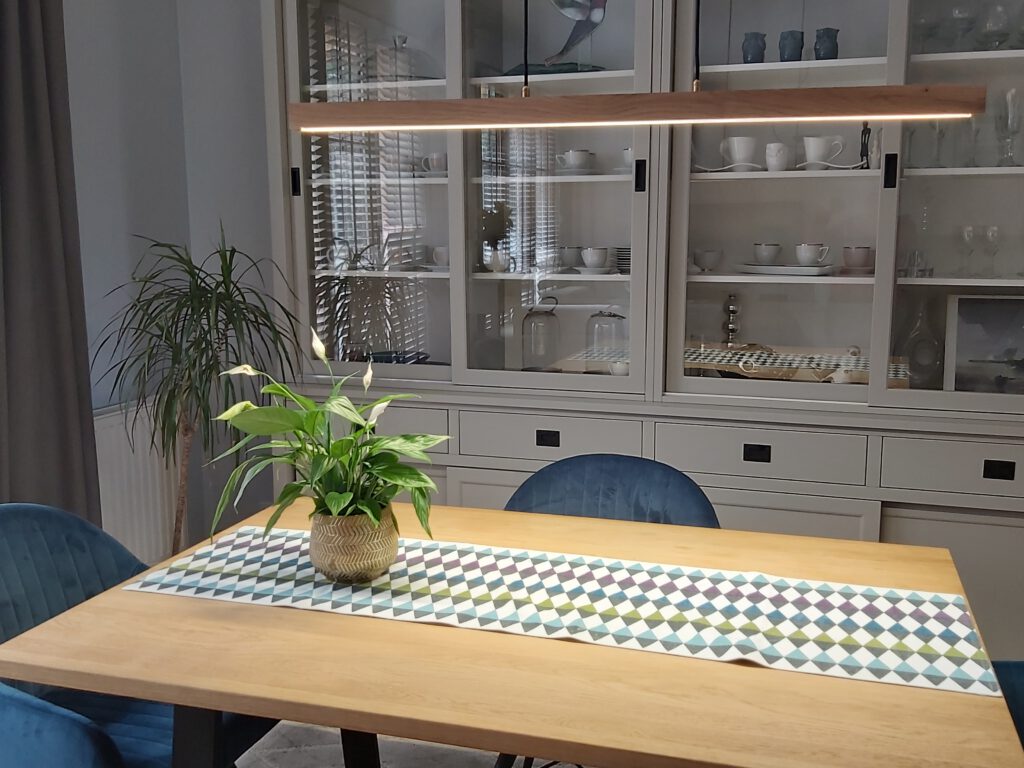
Choosing the right colour of light is equally important. A warm colour is more suitable for residential interiors, while a neutral colour stimulates us to concentrate and work. To make the use of a room even more comfortable, intelligent lighting control solutions can be used, automatic switching on and off or adjustable light intensity or colour.
Beauty (venustas): According to Vitruvius, architecture should be beautiful and aesthetically pleasing. Well-designed buildings should be pleasing to the eye and evoke aesthetic feelings. Nowadays there are many trends in interiors that tell us in which style we should design them, e.g. Loft, Scandinavian or Ethno. The beauty of a given interior in our eyes is not only born out of the style used in the interiors, but mainly emotions are built up based on the perception of that space. Even though we may not be a fan of, for example, the Etno style of decor, but when the way in which the lighting is used takes us back to memories of exotic holidays, it is likely that such an interior will remain in our thoughts for a long time. So the lighting design will have a key influence on the “feeling of beauty”.
Vitruvius believed that beauty was as important as durability and utility, and that all three qualities should coexist in harmony. To this day, many architects believe that these three qualities are essential to the creation of a successful architectural work. A lighting scheme should be simultaneously robust, practical and aesthetically pleasing in order to meet the needs of the users and provide visual pleasure and excitement. Most importantly, however, is for us to feel comfortable in such interiors.
